Over the course of a 5,000 year period in prehistoric times along the Mississippi River in eastern North America, many groups of Native Americans built mounds, often in the shape of animals, of earth. We call these groups Mound Builders, and while they each had their own unique traditions and artworks, they all built mounds. This Mound Builders Lesson Plan will teach your students about archaeology, the possible functions of the mounds, and the art found inside.
The mounds were often used as burial places for important leaders, and they also contained objects like jewelry, pottery, artworks, food, and more. They also sometimes built temples and important buildings on top of the mounds.
Mound Builders Lesson Plan
I’m going to write the rest of this post as a lesson outline, and I have upper elementary students in mind as I write this, but it could be adapted for older students.
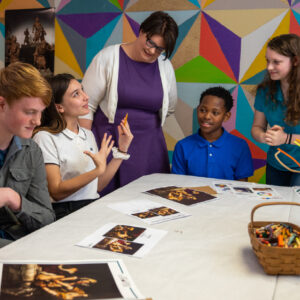
Get the Full Lesson!
This Lesson is in The Curated Connections Library!
Find the full lesson from this post along with hundreds of other art teaching resources and trainings in the Curated Connections Library. Click here for more information about how to join or enter your email below for a free SPARKworks lesson from the membership!
Mound Builder Archaeology Activity
To start a lesson on the Mound Builders, have students work in groups to analyze some objects. Each group should be given a collection of objects buried in sand or dirt (or torn and crumpled up brown paper bags if you don’t want to get your stuff dirty) that might tell a story about a group of people. It doesn’t have to be about Native Americans, it could just be about your family something like that. Maybe a trophy, an old photograph, jewelry, etc.
Have students analyze the group of objects together to figure out what they know about the people who owned the objects.
- Make a list of the objects in your mound.
- Make a list that describes the person or people who owned these objects. What do you know about them based on what they buried in this mound?
- Why do you think these objects were buried?
Have students share their findings with the class and lead a discussion about how archaeologists make guesses about people based upon the choices they made and what they left behind.
Art Discussion
Show the above image to the students and ask the following questions.
- What is this?
- What imagery do you see?
- What is the circle on the left side of the drawing?
- Why do you think it was made? What was it used for?
- Why do you think they made the mounds in animal shapes?
- How do you think they made these? How long do you think it took them?
Share the information above about the mounds–they were used for burials, were in animal shapes, contained important objects, had important buildings sometimes on top, and were probably used in ceremonies.
Artifacts
This mound is Craig Mound or The Spiro Mound located in Eastern Oklahoma.
Wikipedia says, “A cavity created within the mound, about 10 feet high and 15 feet wide, allowed for almost perfect preservation of fragile artifacts made of wood, conch shell, and copper. The conditions in this hollow space were so favorable that objects made of perishable materials such as basketry, woven fabric, lace, fur, and feathers were preserved inside it.”
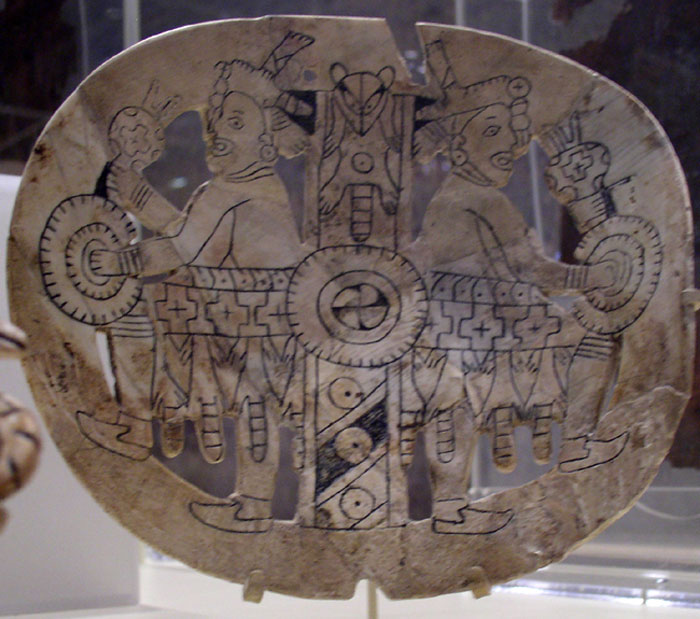
Show students the types of objects found in the mound at this link. Ask students to reflect on why these objects were placed in the mounds. This page also has lots of images of artifacts from Mound Builders.
This video has some good images and a summary as well about the Mound Builders. It may be a little over the head of younger elementary kids, but the upper elementary kids could probably benefit from it.
Writing and Drawing Activity
Have students draw a design for a mound made to honor themselves and make a list of the items that they would bury in the mound. Have students consider the shape and location of the mound in addition to its contents.
Let me know if you did this activity with your kids in the comments! I’d love to see what the put in their mounds. 🙂

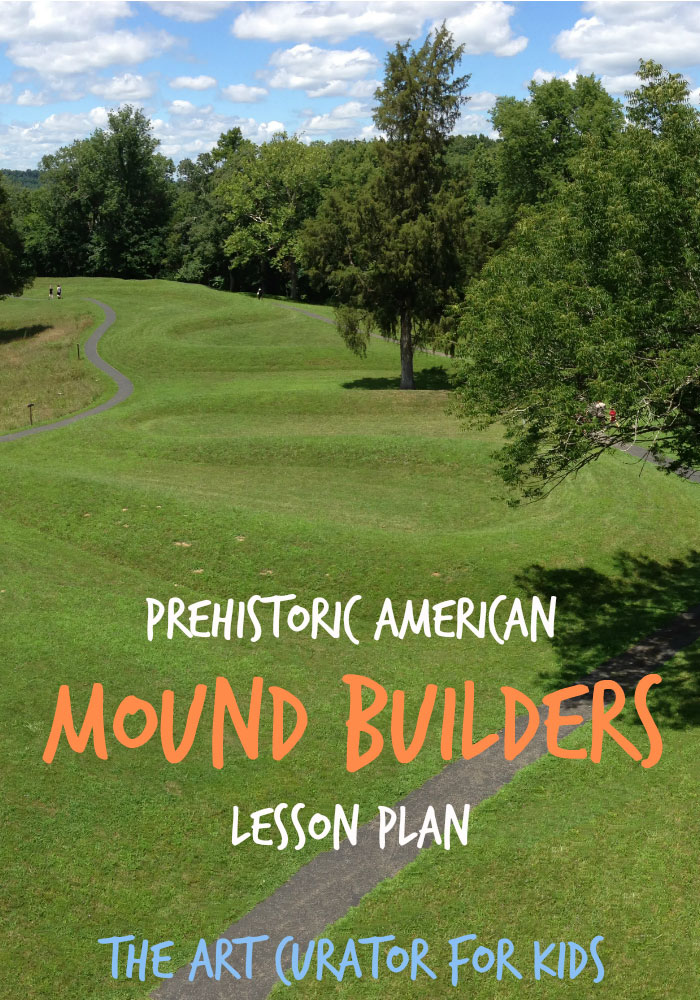
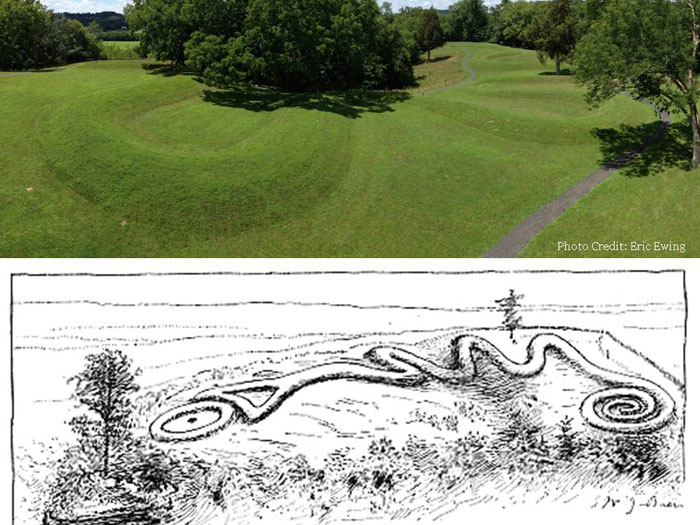
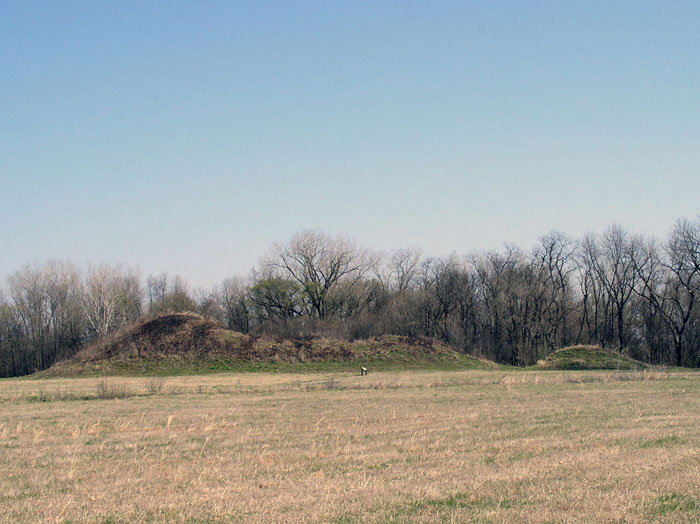
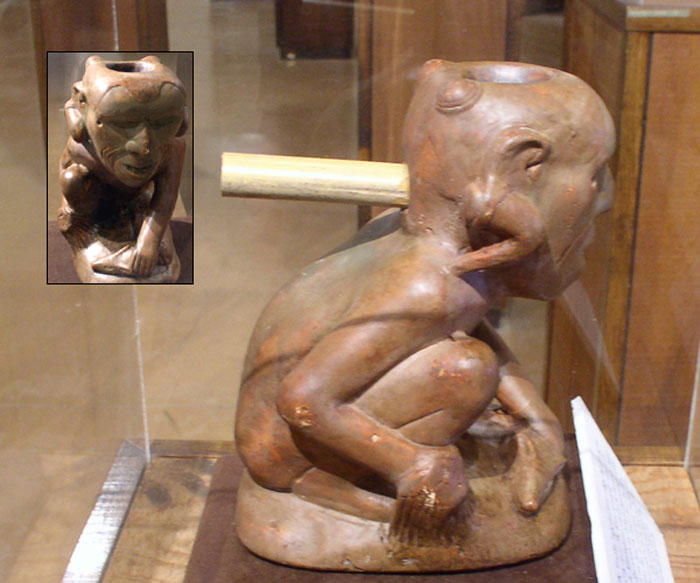
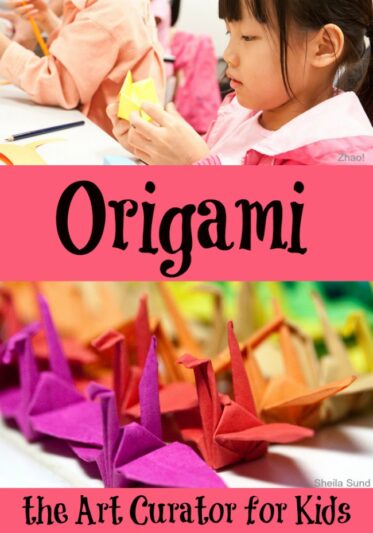
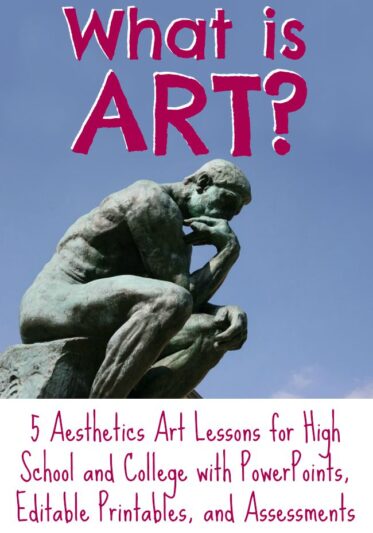
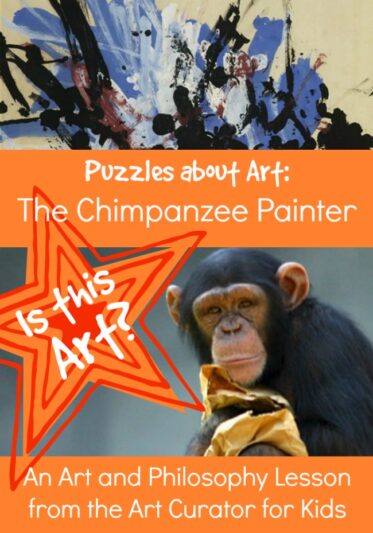
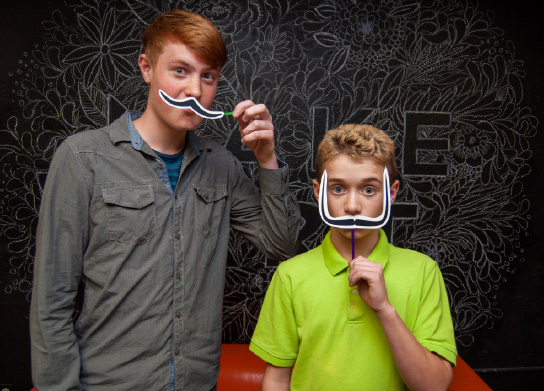
The link to the worksheets appears to be broken. Thanks for the awesome information!
Oops! Thanks for pointing that out. It is fixed now. 🙂
Your free printable worksheet goes to gibberish.
Oops! Thanks for pointing that out. It is fixed now. 🙂
I have used a modified version of this lesson with my 6th grade world history class. It helps wrap up all we have learned about ancient North America. I have students work in a group (tribe) and they often combine ancient items with modern items too. Lots of good discussions happen too! Thanks for this great idea!